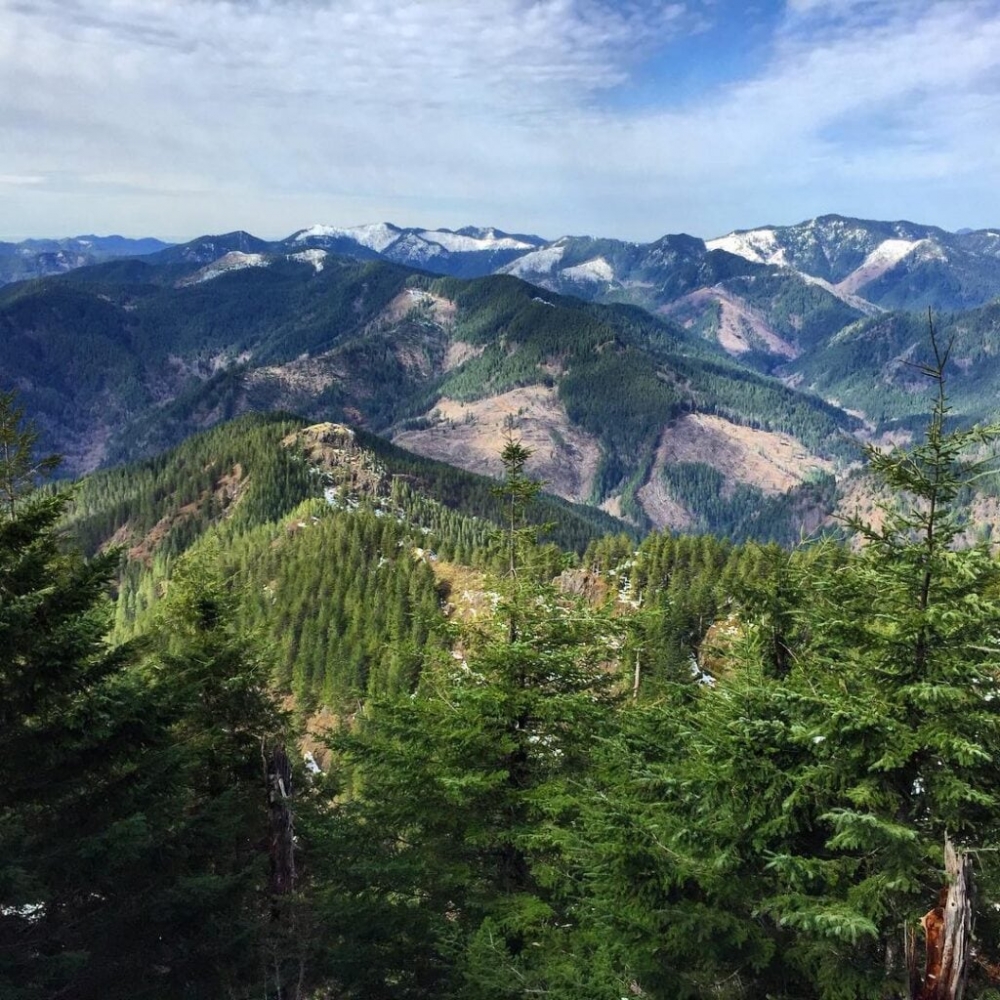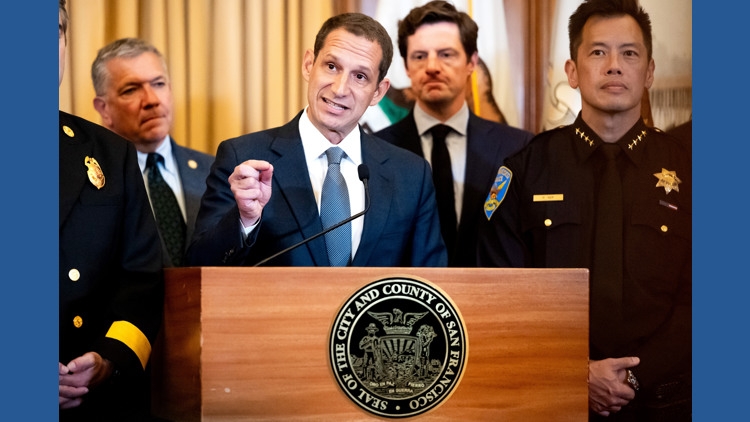

Published on: 10/23/2025
This news was posted by Oregon Today News
Description
Oregon’s natural and working lands and water will receive extra attention and new protections against a changing climate, under an executive order Gov. Tina Kotek signed this week.
On Thursday, Kotek announced Executive Order 25-26, which directs state agencies to coordinate and integrate climate-resilient strategies into existing state programs that work with the state’s natural and working lands. Those lands include state-owned forests, grasslands, rangelands, farmlands, wetlands and urban parts and open spaces.

The order, which comes a month after Pew Charitable Trusts recommended the state protect these lands, drew praise from that nonprofit’s leaders and other environmental advocates.
Oregon Environmental Council rural partnerships and water policy director Karen Lewotsky said Kotek’s order will ensure the state’s 14 natural resource agencies are unified in their efforts to monitor and protect these spaces.
“As climate impacts increase every year, Oregon’s communities need smart water management to ensure access to safe, clean and plentiful drinking water. That’s why it’s so important for our state to incorporate both climate change and community resilience into the ways we manage our water resources and natural and working lands,” she said.
Kotek’s order directs the state to protect 10% more of its most climate-resilient lands and waters over the next decade. State agencies have been told to identify a baseline to use as they measure progress toward that goal over the next ten years.
“Oregon’s forests, grasslands, farms, and wetlands deliver critical benefits statewide and can sequester more carbon,” Kotek said in a statement Thursday. “We will unlock the incredible promise and power of our natural and working lands by implementing proactive policies that protect priority lands and waters and help landowners manage their landscapes to withstand and recover from the impacts of climate change.”
The order also directs state agencies to work together and use the best available science to identify key attributes in:
- Areas currently resilient to impacts from climate change and able to deliver multiple benefits that are likely to persist under future climate conditions,
- Areas that can achieve multiple benefits of higher resilience in changing conditions if supported by focused actions like restoration.
The multiple-agency directive also aims to streamline programs and processes to help farmers, foresters, fishers, businesses and other landowners adopt climate-friendly practices. It also directs state agencies to develop a coordinated approach to tracking and reporting on their work.
“Governor Kotek’s order is a critical step forward. Its implementation will help safeguard Oregon’s natural resources, ensuring that the state’s landscapes remain resilient and adaptable to environmental changes,” said Andrew Maggi, a member of the Pew Charitable Trusts’ U.S. conservation team, in a statement. “The order will also support the economic well-being of local communities for future generations of Oregonians.”
As the continued burning of fossil fuels contributes to human-caused climate change, extreme weather events like wildfires and ice storms or rising sea levels are having a growing impact on the state’s already vulnerable lands.
For example, the 2020 Labor Day fires burned nearly 850,000 acres of forestland, according to the Pew Charitable Trusts.
These extreme events threaten the state’s lands and could limit natural ecosystems’ ability to absorb carbon that would otherwise contribute to climate change.
Last month, the Pew Charitable Trusts called on Oregon’s leaders to protect and preserve these areas to help the state reduce carbon emissions. Tidal wetlands, old-growth forests, desert grasslands all play a natural role in sequestering carbon.
According to the Oregon Climate Action Commission’s 2021 Natural and Working Lands Proposal, natural and working lands reduced greenhouse gas emissions in the United States by 12% in 2019. That emissions reduction could double if these areas are protected and restored.
In its 2021 report, the Oregon Climate Action Commission said the state needs to sequester an additional 5 million metric tons of carbon emissions through these public lands and waters by 2030. That would provide a benefit equivalent to more than 82 million tree seedlings grown over 10 years, according to an EPA calculator.
The state climate commission also identified four strategies to reduce emissions using natural and working lands, including funding and directing agencies to take actions on advancing these strategies, much like Kotek’s executive order.
News Source : https://www.opb.org/article/2025/10/23/oregon-governor-signs-order-climate-resilience-state-lands-waters/
Other Related News
10/24/2025
National Guard troops wont be deployingin the Chicago areaanytime soon unless the US Supre...
10/24/2025
Trump says he agreed to halt a planned show of federal force in San Francisco after appeal...
10/24/2025
The most anticipated high school football game in Arizona takes center stage Friday night ...
10/23/2025
The post late Thursday came after Canadian Prime Minister Mark Carney said he aims to doub...
10/23/2025











